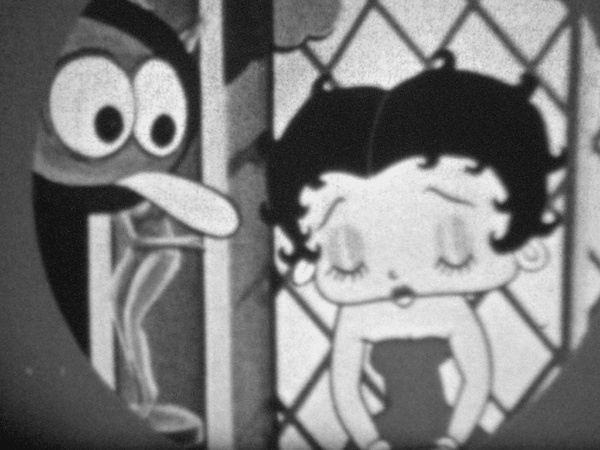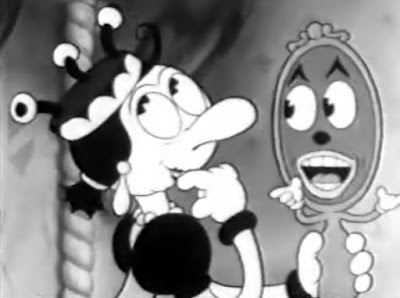
lot less than white professionals with the same job." Unfortunately, I could only find short excerpts of the book online so I could not find anything specifically relating to the Fleischers. In Calloway's autobiography, "Of Minnie the Moocher and Me," he wrote that black " professionals were paid a. Knowing this, I looked for some information on Cab Calloway's relationship with the Fleischers. Even though Ledbetter's association with the Lomaxes benefitted him overall, Ledbetter was still dissatisfied because he had less power in the relationship, likely because of the inherent inequality between black and white people during the Jim Crow era: " Frustrated by the working relationship and monthly payments, Lead Belly would eventually hire legal counsel to sue Lomax for payments, royalties and dissolution of the management contract" ( Blues Law: Lead Belly vs. The circumstances seemed to have some similarities with the working relationship we discussed in class between Huddie Ledbetter (better known as Lead Belly), a black blues singer, and John and Alan Lomax, the white ethnomusicologists that recorded him and made him famous. My initial question after doing some research was what the power dynamics of the relationship between Cab Calloway and Fleischer Studios were. These representations can range from obvious, like a skeleton rolling dice to the lyrics "Give me six crap shooting pall bearers," to fairly subtle, like a collection of portraits of hideous, demon men being shown to the lyrics "She can search this whole wide world over/But she'll never find another sweet man like me," the implication being that those men are what she'd find if she went looking for another lover.

The most obvious examples occur when the ghost version of Koko morphs into a coin while singing "Put a twenty dollar gold piece on my watch chain" or when his head changes into a beer bottle when he sings "Hand me another shot of that booze" because they happen in the foreground, but nearly every single line in the song is represented by a picture that's displayed on the moving background. From this point onwards, the lyrics of the song are often directly represented visually. Then, when Koko and Bimbo enter what is called the "Mystery Room" the environment changes into a cold hellscape.


Right off the bat, the song creates a spooky atmosphere with Calloway's mournful wails before anything creepy happens on screen. James Infirmary after she's passed away, which thematically fits with the story in Snow-White as Koko the Clown is singing over Betty Boop's coffin. James Infirmary Blues" is sung from the perspective of a man seeing his girlfriend's body at the St. This atmosphere is present in a lot of Fleischer's cartoons (see Minnie the Moocher or Swing You Sinners), so I don't think the song itself was the sole inspiration for the tone of the scene.įrom my interpretation of the lyrics, "St. It seems to me that they chose the song to reflect the creepy, supernatural environment the animator was trying to portray. James Infirmary Blues" is a blues song that originated in the 1920s, and it's lyrics clearly heavily influenced the animation. Therefore, a lot of the visual elements in the scene match up really well with the rhythm of the music (even the animations that weren't rotoscoped). So Cab Calloway was recorded dancing, and that recording was projected and copied over by Roland Crandall. Rotoscoping is an animation technique (created and patented by Max Fleischer, Dave Fleischer's brother) where " animators would trace live action footage projected frame-by-frame onto paper, either to use as motion reference or directly copy into their work" ( Animation basics: What is rotoscoping?).

African American jazz singer Cab Calloway voiced Koko's performance and also served as a direct inspiration for Kook's dance during the song thanks to a technique called rotoscoping. Snow-White was animated by Roland Crandall and directed by Dave Fleischer, one of the two brothers that owned Fleischer Studios, which was based in New York.


 0 kommentar(er)
0 kommentar(er)
